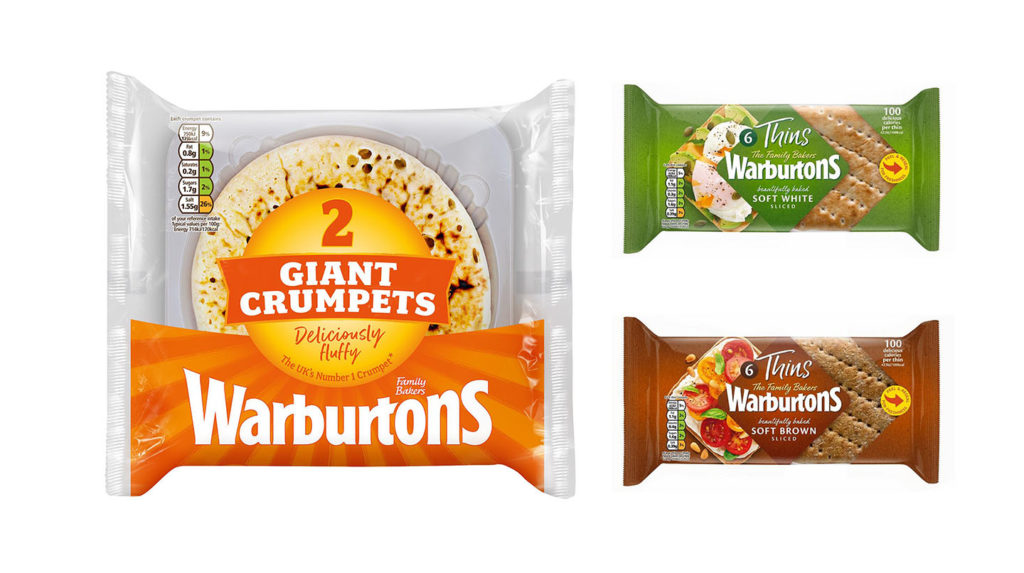Of course, there are many reasons why FMCG businesses spend lots of time and money investing in, and planning, their innovation pipeline. However, we believe one of the most important strategic reasons for innovation is about the need to sustain and grow brand relevance.

At Brandon we talk about relevance as ‘having a clear role in meeting (an identified) group of peoples’ needs today (and in the future)’. And the ‘in the future’ bit here is really important. But why?
Because categories and consumer needs evolve over time. This is not always apparent year to year, but more clear over the medium to long term and brands have to stay ahead of the curve of change or at least run to keep up…
So we wanted to share five brands that have really successfully, in our humble opinion, used the innovation lever to stay relevant to see what we can learn from them.
Quaker – Tackling barriers
Of course owning ‘oats’ an all-round super ingredient has given the brand relevance, but do you think the brand would be what it is today by only offering the original big bag of plain oats? Unlikely.
Instead the brand tackled several category and brand barriers to stay relevant.
- It isn’t convenient (Oat So Simple satchets and pots)
- It’s boring to eat (now with fruit, honey, cinnamon, etc…)
- I don’t want to sit down and eat breakfast (porridge snacks and ready to drink)
- I prefer a muesli (Oat muesli anyone….)
Tip: Keeping it simple with innovation can really work by tackling key consumer barriers.
Tip: Staying true to the core product truth or essence – in this instance, oats.

Warburtons – Owning an aisle
In the annual Top 100 British Brands in The Grocer (52 weeks w/e 31 December 2019 – so pre-Covid impact), Warburtons announced a key milestone which shows the business focus on innovation.
Bread no longer makes up the bulk of sales for Warburtons. Other non-bread wrapped bakery has shifted from 50% to 52% of total unit sales.
Tip: As with Quaker, they have stayed fairly close to their core of bakery and some of their innovation has been inspired, distinct and, again, simple – particularly the Thins range and Giant Crumpets. The one to watch is their foray into the premium bakery space and whether or not they can credibly stretch this far. For example could Cadburys ever have done premium chocolate credibly? Likely that is why they acquired Green & Blacks instead?

Walkers – New, news, news!
Walkers is an innovation machine – flavour extensions, platform extensions (Tear & Share, Sensations Nuts), sub brands (Poppables, Baked) and further stretch stuff too (Deli).
They deliver constant news which is always well supported by a big weight media budget and in store execution. Not much of it seems to stick for a long time but this doesn’t seem to slow Walkers down. It drives retailer engagement and category news in an impulse category.
However, my personal favourite is when the innovation is part of a bigger Walkers event – the annual ‘Do us a Flavour’, the limited edition Leicester crisps to celebrate winning the Premier League, the quirky limited edition flavours inspired by popular high street restaurants, etc… The gains from all the buzz around these events and the extra space in store are priceless and keep the brand as relevant as ever.
Tip: News is powerful and shouldn’t be under-estimated, particularly in certain categories. How can you make the news bigger and better?
Tip: Give innovation a chance of success with the right support plan in place to drive awareness.

Lenor – Adding value and strong execution
It is with sadness that I admit to having reached a certain age in life where I actually enjoy shopping the laundry aisle, or perhaps it has just genuinely changed so much over the last 20 years?!
However, I feel the Lenor brand has really driven brand, and subsequently category, relevance by tapping into the emotion of mood and our desire for beautiful smells.
It has genuinely added premium value to a category that could easily have been commoditised.
The in-wash scent boosters and the stunning Parfum range (which costs the same as a bottle of wine!) also look amazing in our homes.
In all honesty, I’m not sure who went first as I appreciate arch rival Comfort has a similar portfolio, but I feel the Lenor innovation has been executed more impactfully in market.
Tip: How to bring relevance (and premiumisation) to a functional category through tapping into something that was the domain of other categories (smell, scents, candles, perfumeries)
Tip: The execution of an idea cannot be under-estimated.

Lego – All hail the masters of innovation
And last but by no means least, it may not be FMCG but it would be wrong not to talk about a brand that has retained relevance for almost 100 years with innovation as a key pillar. And a brand that was also on the brink of bankruptcy in 2003. So how did they recover?
By going back to basics and focusing on classic Lego lines (not just the franchise products); by cracking the ‘girls’ markets with the introduction of Lego Friends and by developing a sophisticated range for older kids and adults too (Creator/Technic, etc.)
And how do they continue to innovate so well? Well, according to The Guardian (2017), Lego is said to conduct the largest ethnographic study of children in the world.
Its Global Insights team spends its time travelling the world, talking to kids and their families and participating in their daily lives – which includes watching “how kids play on their own and with friends, how siblings interact and why some toys remain perennial favourites while others are relegated to the toy box”. Pretty impressive!
Tip: Don’t lose focus on doing the basics well and get too distracted by the shiny and new.
Tip: Observe to understand your target customer in their own environment inside and out for innovation, inspiration and development.
So there, we have it! To recap on those tips:
- Keeping it simple with innovation can really work by tackling key consumer barriers
- Staying true to the core product truth or brand essence – it needs to be credible for the brand.
- News is powerful and shouldn’t be underestimated particularly in certain categories. How can you make the innovation news bigger and better?
- Give innovation a chance of success with the right support plan in place to drive awareness. This is why most of it fails.
- How to bring relevance (and premiumisation) to a functional category through tapping into something that was the domain of other categories. Something people didn’t know they needed.
- The execution of an idea cannot be under-estimated.
- Don’t lose focus on doing the basics well and get too distracted by the shiny and new.
- Observe to understand your target customer in their own environment inside and out for innovation, inspiration and development.
But innovation is not an easy answer – 60 to 80% of new FMCG product launches fail in some way. And even those that don’t fail, rarely make substantial inroads with revenue until year two (source:IRI).
And innovation is not the only way to stay relevant. Some brands play with other levers particularly those around positioning and communication which is what we will explore in our next relevance article in the new year. Think Yorkshire tea – I don’t see them doing a Parfum range anytime soon…
By Louise Kennedy who is a Brand Strategist at Brandon Consultants


You must be logged in to post a comment Login